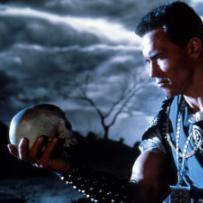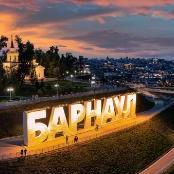[M&T] MEIOU and Taxes 2.0
Лучшие авторы в этой теме
-
formico 129 сообщений
-

Razer98K 99 сообщений
-

JackSlater 75 сообщений
-

Dragon13 48 сообщений
-
Москаль 44 сообщений
-

Frozzolly 30 сообщений
-
Virus25rus 30 сообщений
-
yaahoo0 19 сообщений
-

райн77 17 сообщений
-

Серж Барнаул 15 сообщений
-

MaliyMiron 14 сообщений
-
Drannn 14 сообщений
-
powershiftffs 11 сообщений
-
Berseg 11 сообщений
-
Vadd 10 сообщений
-
ABK 10 сообщений
-

WAAAGHMAN 10 сообщений
-
Pegasus 10 сообщений
-

Kit_EA 9 сообщений
-
Mister Comics 9 сообщений
-
stanislav2406 9 сообщений
-
rylai 8 сообщений
-

stanimir 7 сообщений
-

Robaggio 7 сообщений
Популярные дни
Популярные сообщения

Razer98K
MEIOU and Taxes 2.0 это глобальный мод для ЕУ4, полностью меняющий почти все аспекты игры и расширяющий временные границы с 1356 до 1856 года. Мод добавляет в игру население, центры производства, торг

JackSlater
Вика 3 на подходе, но она будет сделана не Парадоксами

Razer98K
Дневник №3: Население.
formico
И завершая тему греко-тюркской Босфорской Империи: 1) с опытом пришло понимание, что разницы за какую из сторон начинать (Сербия,Болгария,Византия, Османы)-нет. Лишь начальные декорации разнятся.

Razer98K
Выпустят 2.6 с небольшими правками и сосредоточатся на 3.0.

Razer98K
Дневник №4 "Война". Войдите или зарегистрируйтесь, чтобы увидеть скрытое содержимое. .

JackSlater
M.E.I.O.U. and Taxes v2.51 Open Beta 8 (d85f)Released forEU4 v1.28.3.0 Spain (3ba8) Войдите или зарегистрируйтесь, чтобы увидеть скрытое содержимое.

Cages
Да вот что странно,в сякое фентезийное и альтернативноисторическое УГ переводят,а такой шикарный мод никто не хочет.Жалко.
-
Сейчас на странице 0 пользователей
- Нет пользователей, просматривающих эту страницу
Рекомендованные сообщения
Присоединиться к обсуждению
Вы можете оставить комментарий уже сейчас, а зарегистрироваться позже! Если у вас уже есть аккаунт, войдите, чтобы оставить сообщение через него.